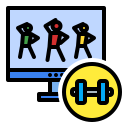Embrace the Holistic Approach to Sports and Wellness
Today’s chosen theme: Holistic Approach to Sports and Wellness. Discover how movement, mindset, nutrition, sleep, and community interweave to elevate performance and wellbeing. Join the conversation, subscribe for weekly guidance, and share your story so we grow stronger together.
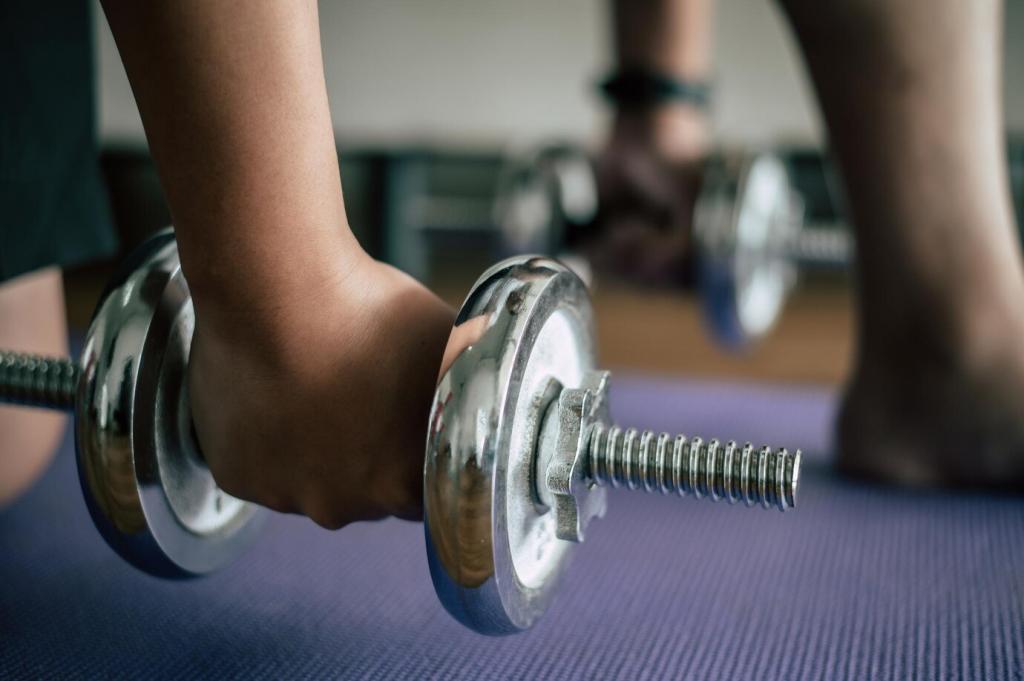
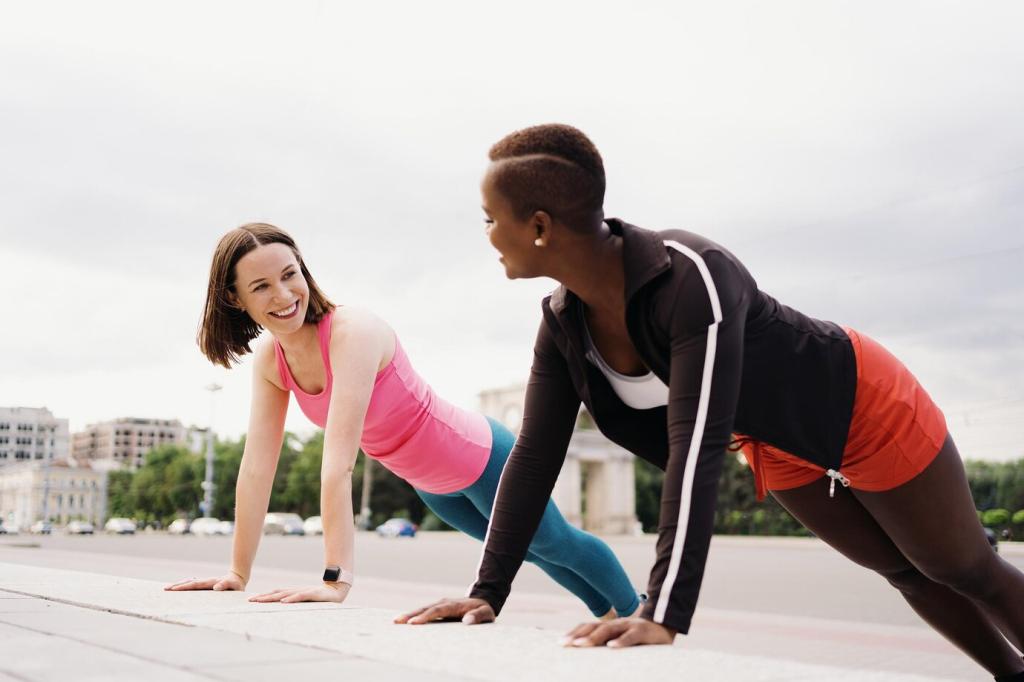
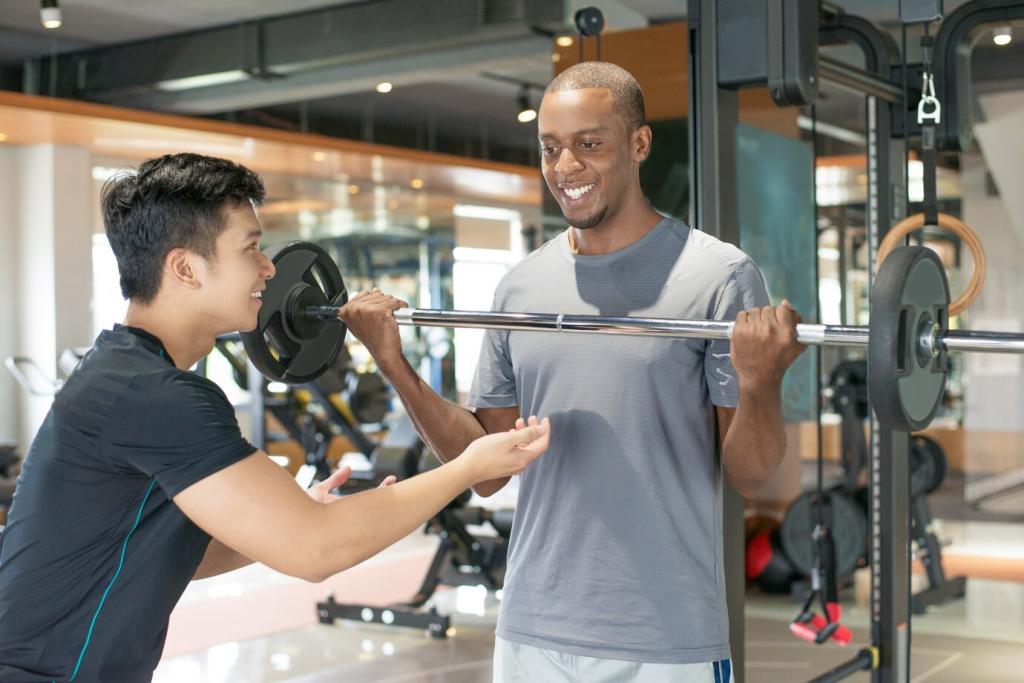
Training that Balances Stress and Recovery
The 80/20 Principle in Practice
Keep roughly eighty percent truly easy—conversational Zone 2, technical drills, and playful skill sessions—while the remaining twenty percent brings quality intensity. This contrast protects the nervous system, builds aerobic depth, and leaves you eager rather than exhausted for the next workout.

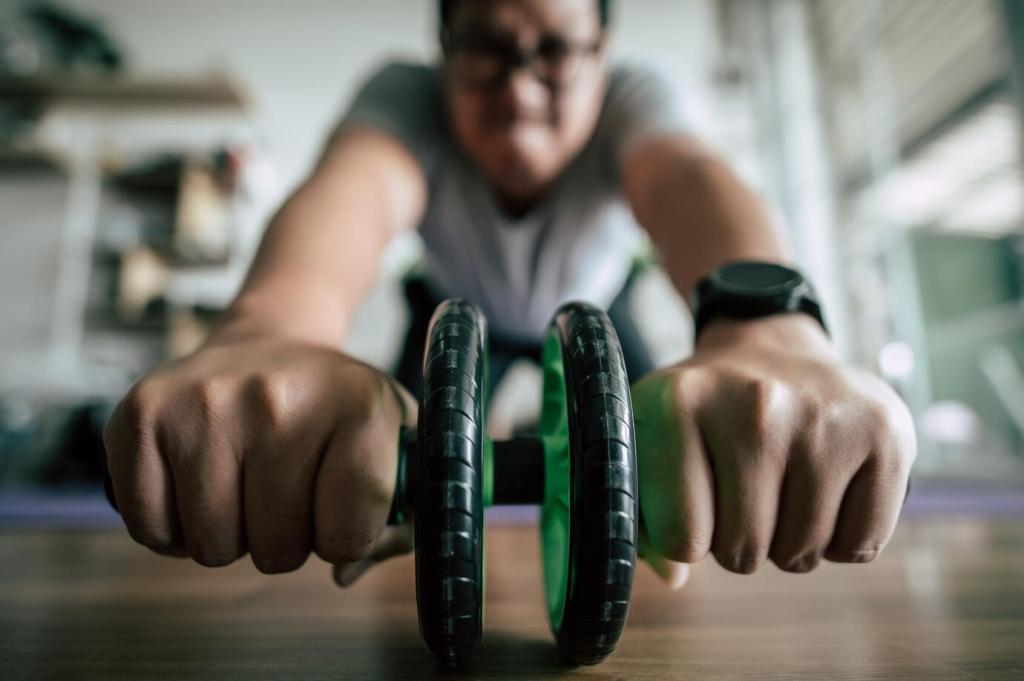
Periodization with Real Life
Align training blocks with seasons, sleep patterns, and commitments. If stress spikes, pivot to a deload week or swap intervals for skill work. Holistic planning honors context, so progress continues without burnout. Share your favorite adjustment that saved a training cycle.
Nutrition as Performance and Care
Before training, include easy-to-digest carbohydrates and a little protein. During longer sessions, sip electrolytes and carbohydrates to sustain output. Within two hours after, prioritize protein with leucine and colorful carbs to replenish. What timeline helps you feel steady, strong, and satisfied?

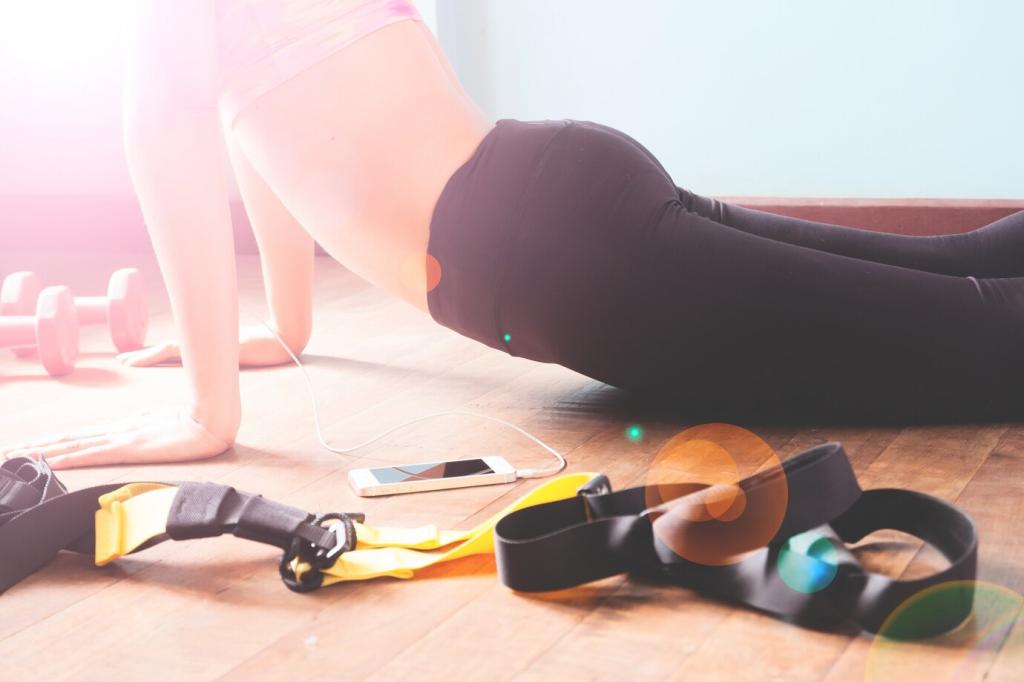
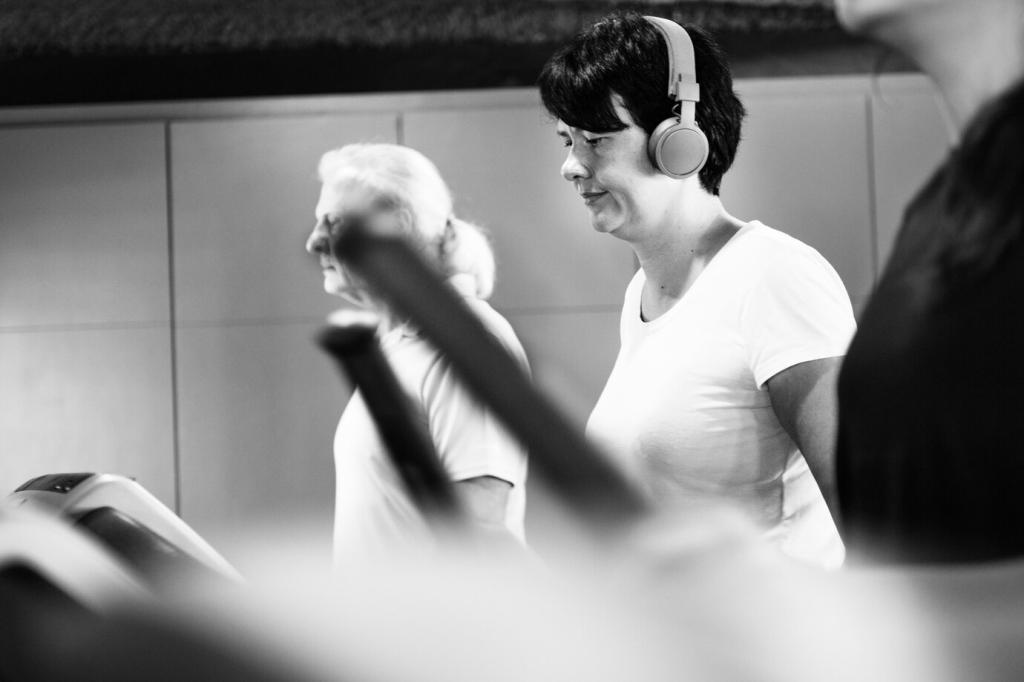
Sleep, Stress, and Emotional Fitness
Anchor a consistent schedule, get morning light, dim screens at night, and cool your room. Reduce late alcohol and heavy meals to protect deep sleep. Better sleep amplifies strength, endurance, and patience. What one change would you commit to this week?
Sleep, Stress, and Emotional Fitness
Learn your cues: tight jaw, shallow breath, or scattered focus signal sympathetic overdrive. Use box breathing, a brisk walk in nature, or a two-minute body scan to downshift. Emotional fitness grows with practice. Tell us your favorite reset when stress spikes.
Injury-Resilient Movement
Strength in End Ranges
Eccentrics and isometrics expand usable motion and toughen tendons. Calf lowers for Achilles, slow split squats for knees, and controlled hangs for shoulders build capacity. Progress loads gradually. What end-range drill made the biggest difference for your confidence under strain?
Feet, Hips, and T-Spine
Attend to the mobility trio: foot strength for stable foundations, hip rotation for power, and thoracic extension for posture and breath. Toe spacers, hip CARs, and open-book rotations are simple anchors. Share your favorite five-minute sequence for feeling tall and fluid.
Return-to-Play Compass
Use pain scales, hop tests, and gradual exposure to rebuild. Communicate with your coach and track responses for forty-eight hours. When runner Maya did this, she returned faster and stayed healthy. What metric will you monitor to guide your comeback wisely?

Place shoes by the door, a filled bottle on your desk, and a foam roller where you relax. Visual cues beat willpower. A two-minute rule—just start—often becomes twenty. What environmental nudge will you set up before tomorrow’s session?
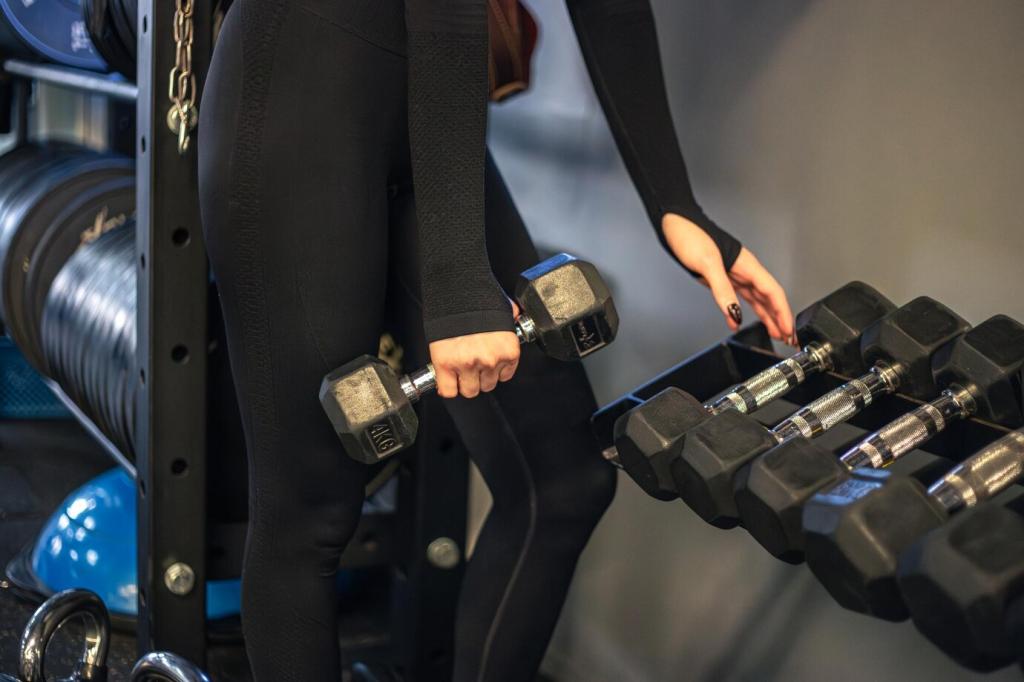
Join a pickup game, try a dance class, or skateboard with your kids. Play builds skill without ego and restores motivation. Curiosity invites experimentation that sparks breakthroughs. Comment with a playful session that surprised you and kept training wonderfully fresh.
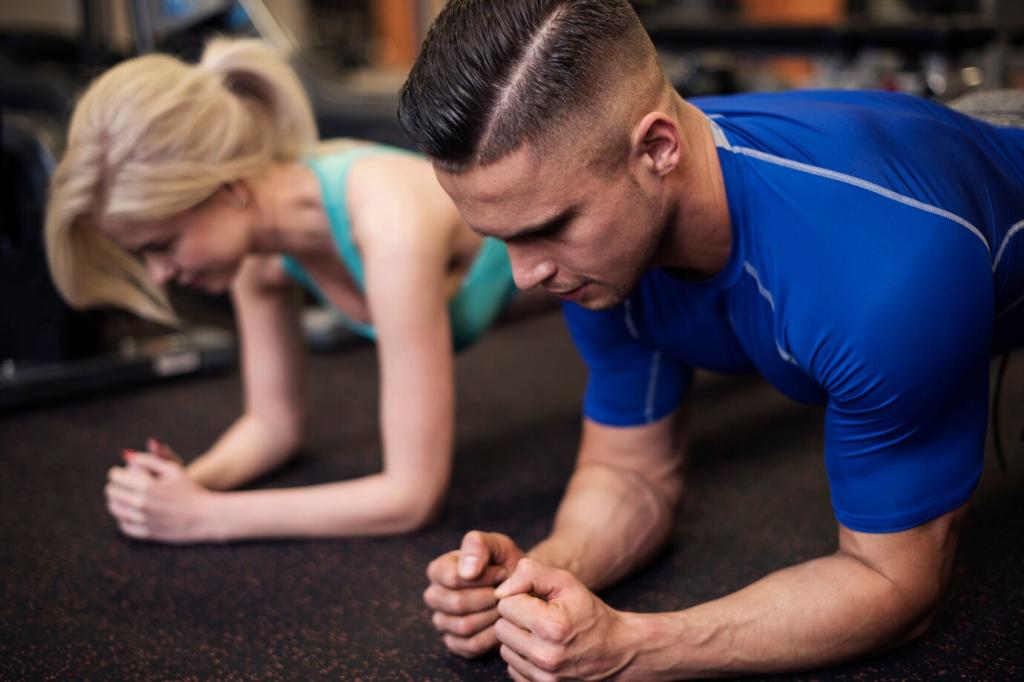
Log simple metrics: sessions completed, perceived effort, mood, and sleep quality. Enough data to inform, not overwhelm. Patterns reveal when to push or pivot, keeping progress compassionate. What two metrics will you track consistently for the next month?
